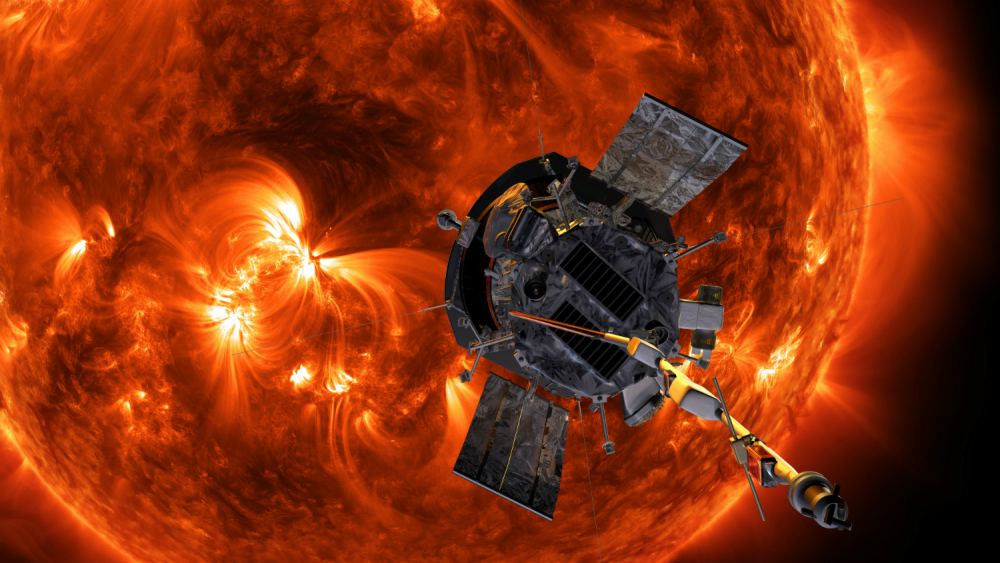The Parker Solar Probe is the little engine that just keeps going and going by the Sun. On September 27th, it made its 17th close approach and skimmed just 7.26 million kilometers (4.51 million miles) above the sun’s “surface” layer (called the photosphere).
Continue reading “Parker Makes its Closest and Fastest Solar Flyby”A Star Threw Off a Sun’s Worth of Material. And Then it Exploded!
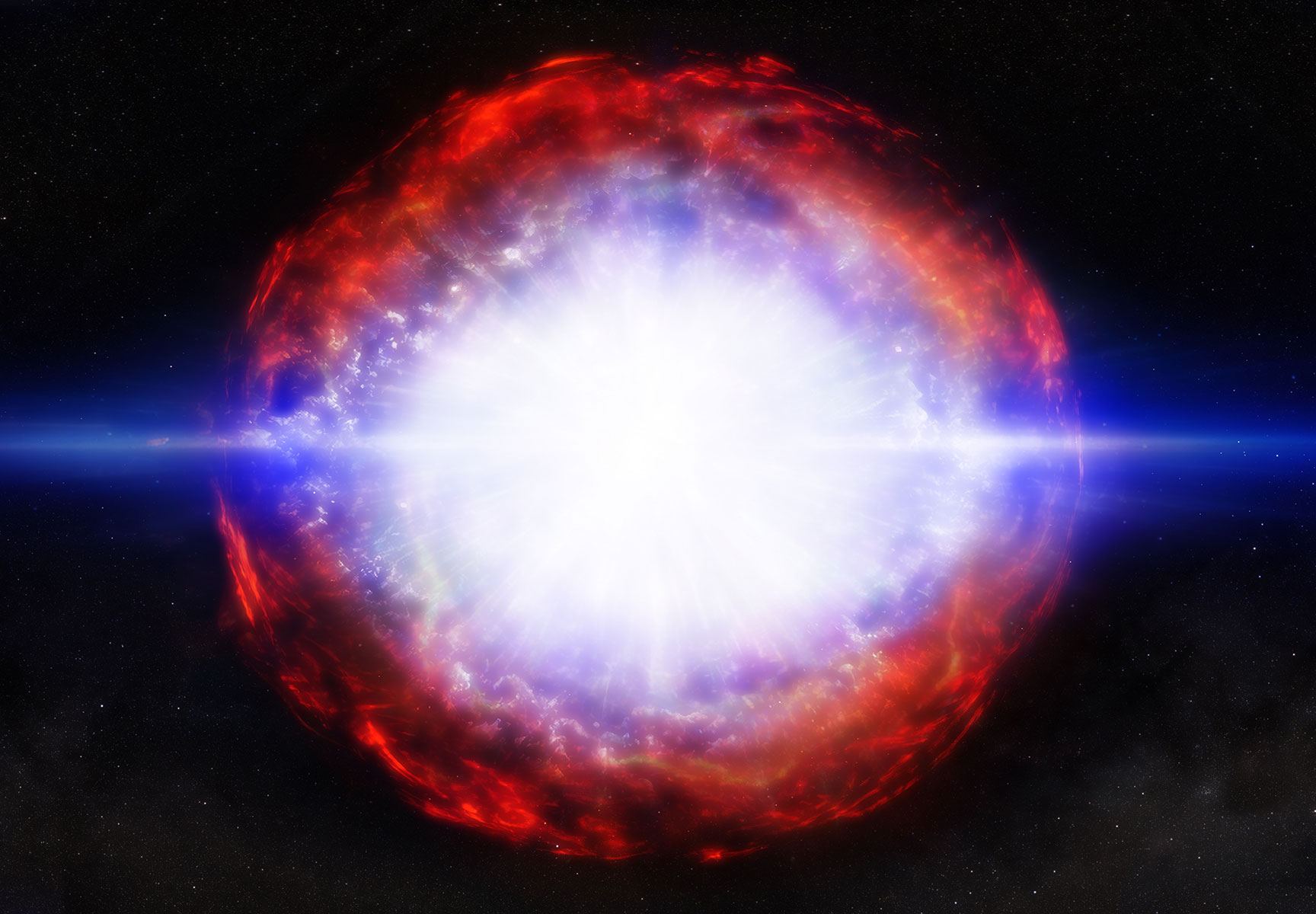
What happens just before a massive star explodes as a supernova? To figure that out, astronomers need to look at very “young” supernovae across multiple wavelengths of light. That’s what happened when SN 2023ixf occurred in May 2023. It turns out its aging progenitor star blew off a solar mass worth of material just before it died. Now, the big question is: why?
Continue reading “A Star Threw Off a Sun’s Worth of Material. And Then it Exploded!”New Horizons is Funded Through the Decade. Enough to Explore Another Kuiper Belt Object

The ongoing saga of the New Horizons mission—will it get truncated and its science team disbanded?—may have some resolution. Dr. Nicky Fox, associate administrator of NASA’s Science Mission Directorate at NASA Headquarters announced last Friday that mission operations will continue until at least the end of the decade.
Continue reading “New Horizons is Funded Through the Decade. Enough to Explore Another Kuiper Belt Object”The Race to Find the Farthest Galaxy Continues
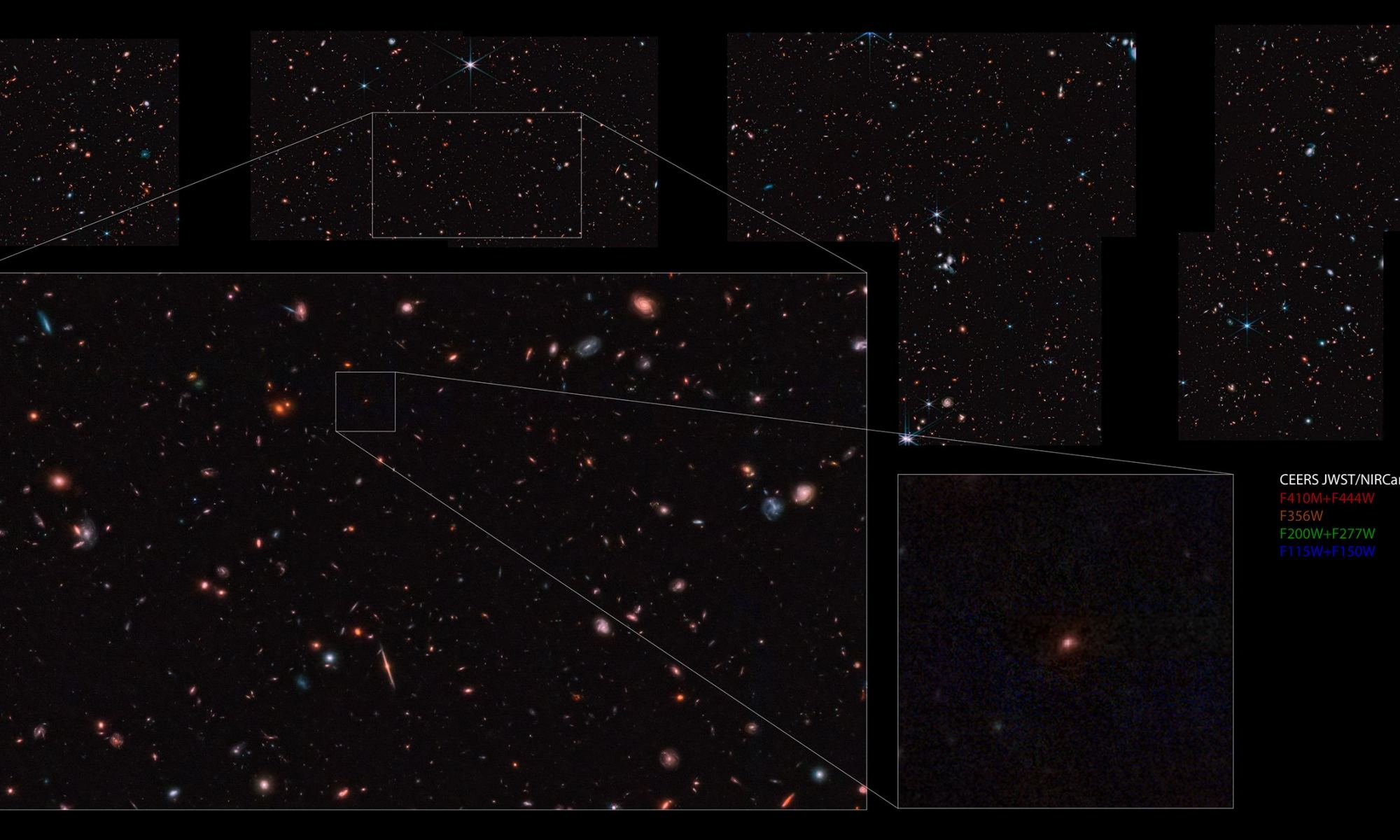
The very early Universe was a busy place, particularly when stars and galaxies began to form. Astronomers eagerly search for the farthest galaxy—that elusive “first” one to form. JWST is part of that hunt through its Cosmic Evolution Early Release Survey (CEERS).
Continue reading “The Race to Find the Farthest Galaxy Continues”A Collision Between Gigantic Galaxy Clusters. Too Big, Too Early
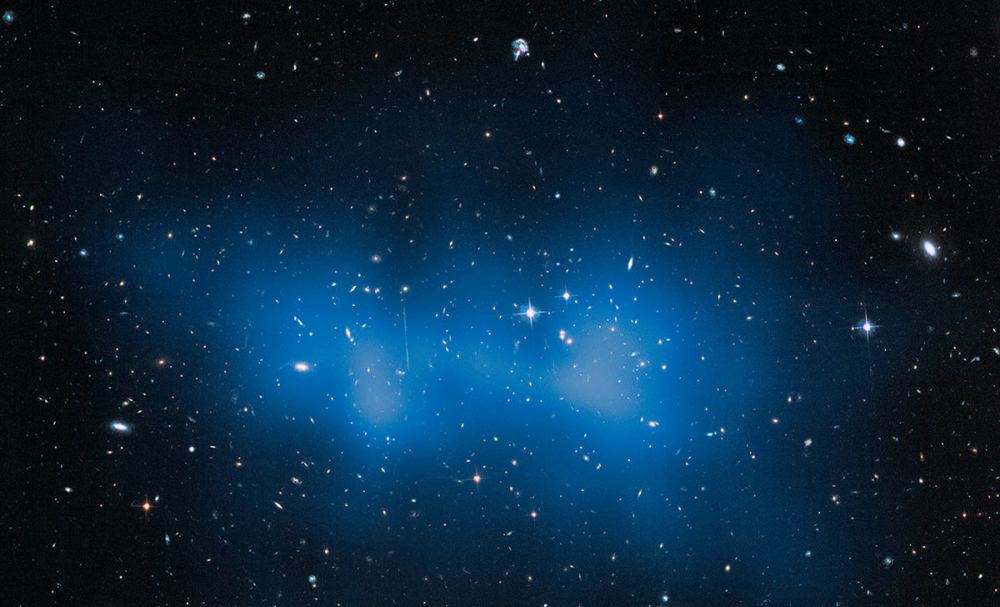
Just when cosmologists have a workable theory for when and how galaxy collisions happened in the early Universe, something challenges it. In this case, the challenger is a collision of two massive galaxy clusters that combined to form a gigantic galaxy cluster.
Continue reading “A Collision Between Gigantic Galaxy Clusters. Too Big, Too Early”A New Technique Confirms the Universe is 69% Dark Energy, 31% Matter (Mostly Dark)

How much “stuff” is there in the Universe? You’d think it would be easy to figure out. But, it’s not. Astronomers add up what they can detect, and still find there’s more to the cosmos than they see. So, what’s “out there” and how do they account for it all?
Continue reading “A New Technique Confirms the Universe is 69% Dark Energy, 31% Matter (Mostly Dark)”If Astronomers See These Chemicals in a Planet’s Atmosphere, There’s Likely an Advanced Civilization There
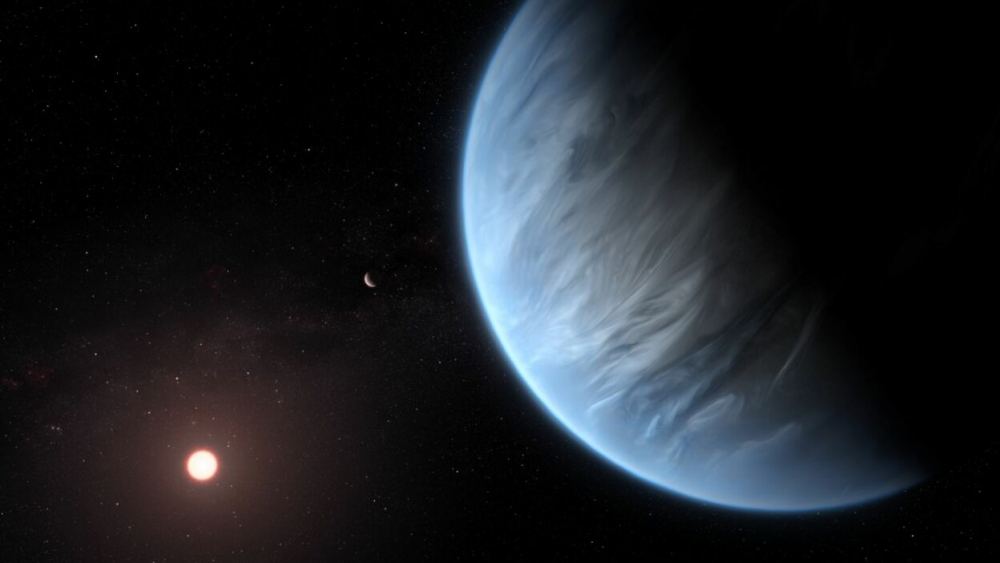
In an age of ever-growing numbers of exoplanets circling other stars, it’s natural that astronomers search for signatures of advanced civilizations. Such signatures may have biological or technological origins.
Continue reading “If Astronomers See These Chemicals in a Planet’s Atmosphere, There’s Likely an Advanced Civilization There”Quasars Have Always Had Dark Matter Halos
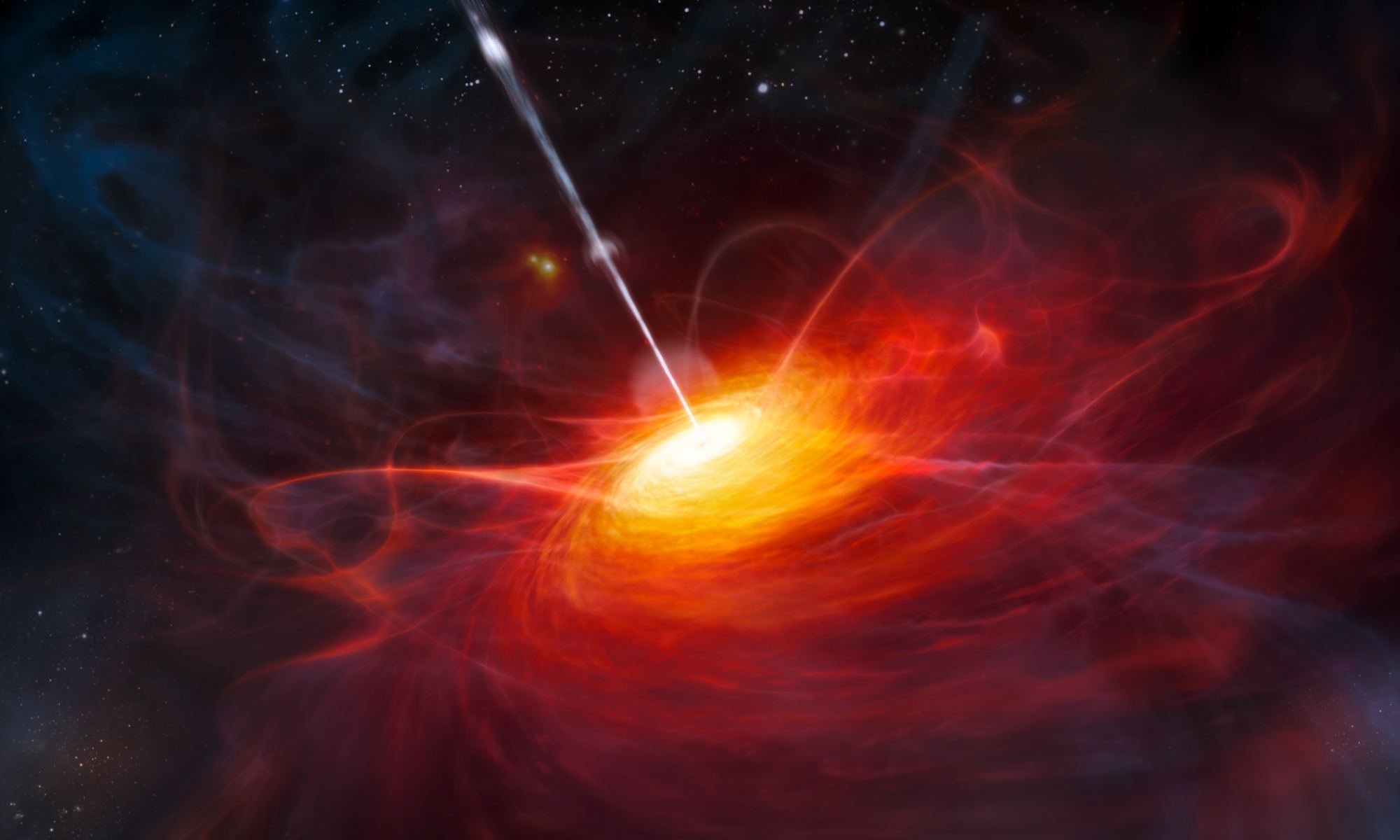
When you look at most galaxies in the Universe, you’re looking at the homes of supermassive black holes. It now appears that quasars, which are active galaxies spitting out huge amounts of radiation from the region around their black holes, also have massive dark matter halos. It turns out they’ve always had them. And, their black hole activity has a direct connection with those halos.
Continue reading “Quasars Have Always Had Dark Matter Halos”Astronomers Observe Blobs of Dark Matter Down to a Scale of 30,000 Light-Years Across
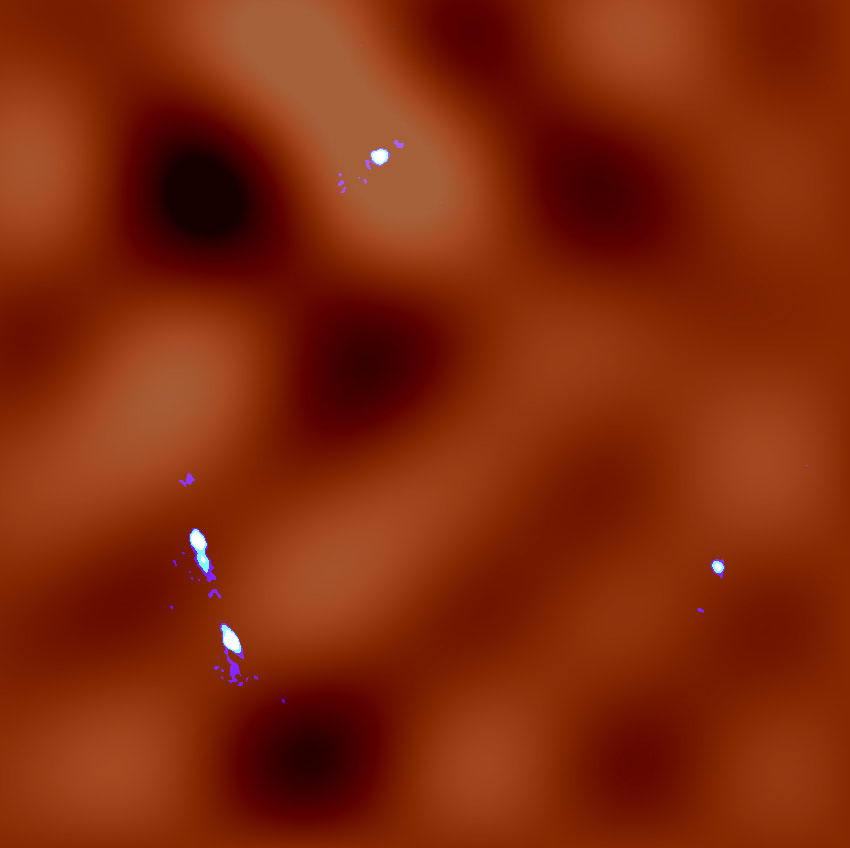
Dark matter remains mysterious and… well… dark. While we don’t yet have a definite idea of what this cosmic “stuff” is made of, astronomers are learning more about its distribution throughout the Universe. Since we can’t see it directly, observers need to use indirect methods to detect it. One way is through gravitational lensing. Another is by looking for emissions from hydrogen gas associated with small-scale dark matter structures in the Universe.
Continue reading “Astronomers Observe Blobs of Dark Matter Down to a Scale of 30,000 Light-Years Across”Mars Doesn’t Have as Many Minerals as Earth
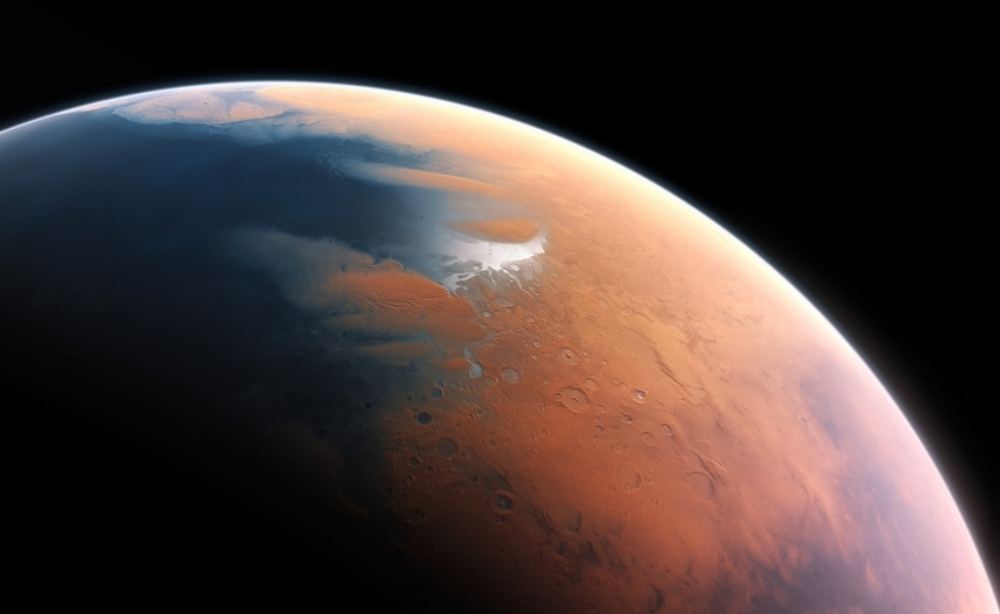
Earth and Mars are very much alike, but also very different. Among other things, scientists find that Earth is much more mineral-rich than the Red Planet. It has 6,000 different minerals. By contrast, Mars has only 161. That’s a big difference. How could this have happened?
Continue reading “Mars Doesn’t Have as Many Minerals as Earth”
